In the fresh mountains of Mount Abu stands lovely white temples known as the Dilwara Temples. The temples built of glittering marble. Thus, are among the loveliest structures of India. They are Jain temples, so people visit to pray, to meditate, and to be at peace. Even if you are not Jain, but, the atmosphere is charming. When you step inside, it is as if entering a palace constructed of snow and light. All walls, pillars, and ceilings are so shiny like white jewels. It’s not a temple — it’s like an art gallery built of stone! No wonder, Mount Abu Places give peace and calmness.
Facts About Dilwara Temples
| Detail | Information |
|---|---|
| Location | Mount Abu, Rajasthan |
| Built Between | 11th–16th Century |
| Main Religion | Jainism |
| Entry Fee | Free |
| Timings | 12:00 PM – 5:00 PM (for non-Jains) |
| Photography | Not allowed inside |
| Best Time to Visit | October to March |
| Main Temples | Vimal Vasahi, Luna Vasahi, Pittalhar, Parshvanath, Mahavir Swami |
| Dress Code | Modest (cover shoulders and knees) |
| Nearest Airport | Udaipur (185 km) |
| Nearest Railway Station | Abu Road (28 km) |
History & Background of Dilwara Temples.
Around 900 years ago, skilled laborers built such famous temples.
- The earliest ones built between the 11th and the 13th centuries. When kings of the Solanki dynasty controlled this region. Jain ministers such as Vimal Shah assisted in their construction.
- Each of the temples built out of pure white marble. Imported from remote hills known as Arasuri Hills near Ambaji. The marble had to get transported from 200 kilometers away. This was also a great distance in those bygone days! Mount Abu heritage temples are no less then wonders.
- Every temple dedicated to a Jain Tirthankara, or a sacred teacher. The designs and carvings reflect the amount of love. Also, care that people take to create these temples flawless.
- The artists toiled for decades to transform hard stone into soft, lovely art.
Architecture & Highlights of Dilwara Temples in Mount Abu.
Each inch of Dilwara Temples appears to have been touched by magic. The carvings are so delicate that they appear to be soft like lace. When the sun shines on them, they glow like glass. The ceilings adorned with flowers, lotuses, and small patterns that appear to be alive. The following is a table which illustrates what makes each temple unique. These are also marble wonders of Mount Abu. Travelers also visit the Wildlife Sanctuary during the trip.
| Temple Name | Dedicated To | Notable Features |
|---|---|---|
| Vimal Vasahi | Lord Adinath | Oldest and most intricate temple with elephant statues and beautiful ceilings. |
| Luna Vasahi | Lord Neminath | Renowned for its large hall with 72 statues and exquisite marble columns. |
| Pittalhar Temple | Lord Rishabhdev | Contains a humongous brass idol and sturdy marble walls. |
| Parshavnath Temple | Lord Parshavnath | Tallest among all, with four ornate doors and carvings on the exterior. |
| Mahavir Swami Temple | Lord Mahavir | Small but super beautiful, with painted walls and minute carved images. |
Every temple is a tale in marble — if you listen close. You can spot animals, flowers, gods, and humans carved so pretty that they seem to be alive.
Visitor Experience at Dilwara Temples
When you step indoors, you feel a refreshing breeze even during a sweltering day. The ground is composed of smooth marble, and everything is serene and peaceful. You can also hear your own steps and heartbeats! So, visiting Dilwara Temples will be an experience. Also, check out Mount Abu Travel Guide.
- You cannot photograph inside since it is a sacred site.
- Leather, shoes, and cameras are to left outside.
- Everybody requested to speak soft inside the temples.
- The silence within feels like magic. Even children begin whispering.
- The rules are all part of the Jain way of life. Thus, based on teaching kindness, peace. Also, no harm to any living creature.
Visiting Hours, Entry Fees & Dress Code for Dilwara Temples, Mount Abu.
| Detail | Information |
|---|---|
| Visiting Hours | 12:00 PM – 5:00 PM (open for visitors after morning prayers). |
| Entry Fee | Free entry; you can give a small donation if you wish. |
| Dress Code | Wear clothes that cover shoulders and knees. |
| Photography | Not allowed inside the temple halls. |
Tip: Visit before 2 PM if you can! The sunlight comes in beautiful through the marble and makes the walls glow like gold and silver.
Best Time to Visit.
The best months to visit Mount Abu are October to March, which have pleasant and cool weather.
- You can take long walks during winter without sweating. Following Rajasthan travel tips will make you trip easy. You can plan for a 1 Day Mount Abu Tour Package.
- Avoid months of rains, as the stone roads get slippery.
- Mornings and evenings are calm and quiet. Also, ideal for sitting and pondering.
- January and February are the most appropriate for outdoor photography. The sky is blue and clear.
How to Reach Dilwara Temples in Mount Abu.
It is easy to reach the Dilwara Temples from Mount Abu town.
- Nearest Airport: Udaipur (approx. 180 km away). You can book an Udaipur to Mount Abu Road Trip.
- Nearest Railway Station: Abu Road (approx. 28 km away)
- Local Transport: Taxis, jeeps, or auto-rickshaws can be hired from town.
- Approx. Taxi Fare: ₹400–₹600 for a round trip from Mount Abu to the temples. It’s a brief and lovely drive among green hills and curvy roads!
Where to Stay and Eat Near Dilwara Temples
Mount Abu has many hotels and guesthouses for every budget:
- Budget: Hotel Saraswati / Chanakya B&B
- Mid-range: Hillock Hotel / Udai Garh
- Luxury: Palanpur Palace / Sterling Mount Abu
For food, you’ll find many pure vegetarian and Jain restaurants nearby, offering thalis, snacks, and sweets. Try the local dal bati churma and rabri.
Nearby Attractions & Food Options.
After visiting the temples, you can visit a couple of nearby attractions:
- Check out Nakki Lake. You may take boats, feed the fishes, and have delicious snacks.
- Explore Guru Shikhar. The highest peak of the Aravalli Hills — you can see clouds this near!
- Furthermore, watch Toad Rock. It resembles a large frog — ideal for photographs.
- When hungry, there are plenty of small vegetarian cafés in Mount Abu and Jain food stalls close to Nakki Lake. Explore The Heart of Mount Abu You Must Visit.
- They have thalis, pakoras, and sweet items that are light and clean. Moreover, the cost of meal range: ₹250–₹400 per head.
Travel Tips for Visiting Dilwara Temples.
- Attempt a weekday visit — it’s peaceful and not crowded. Also, follow a Mount Abu travel guide.
- Big bags cannot be taken inside, so bring only small items that you might need.
- Get a local guide (₹300–₹500) to share stories about carvings, kings, and ancient legends. You’ll hear lots of cool things you might otherwise miss!
Conclusion – Experiencing the Dilwara Temples.
The Dilwara Temples are not just a group of Jain shrines — they are a living museum of marble art and a symbol of peace. The calm environment, the sound of prayers, and the breathtaking beauty of every carved panel will leave you amazed.
If you step inside, you can sense how people loved beauty and their religion. It is also a place which calms your heart and sets your eyes aglow with awe. Therefore, book your next customized tour package today. So, when you plan for a trip to Mount Abu, don’t miss these marble marvels. You’ll never forget their glint — a slice of heaven in the hills.
Frequently Asked Questions (FAQs)
The Dilwara Temples are a group of five Jain temples located in Mount Abu, Rajasthan. Built between the 11th and 16th centuries, they are famous for their white marble carvings, beautiful domes, and peaceful surroundings.
The Dilwara Temples are located about 2.5 km from the main town of Mount Abu in the Sirohi district of Rajasthan, India. They sit in the Aravalli hills, surrounded by greenery and scenic views.
The Dilwara Temples were built by Jain ministers and merchants of the Solanki dynasty, mainly Vimal Shah, Vastupal, and Tejpal. They were constructed between the 11th and 16th centuries to promote Jain art and faith.
There is no entry fee to visit the Dilwara Temples. Visitors can explore the entire complex free of cost, although donations for temple maintenance are welcome.
The Dilwara Temples are open daily from 12:00 PM to 5:00 PM for tourists. Jain devotees can enter earlier in the morning for prayers and rituals.
No, photography is not allowed inside the Dilwara Temples. This rule helps protect the delicate marble carvings from damage and keeps the temple environment peaceful.
You can comfortably explore the Dilwara Temples in about 1.5 to 2 hours. This gives enough time to admire the marble carvings, learn about the history, and visit all five temples.
The Dilwara Temples are about 28 km from Abu Road railway station and can be reached by taxi or bus. The nearest airport is Udaipur, around 185 km away, with regular connections to major cities.
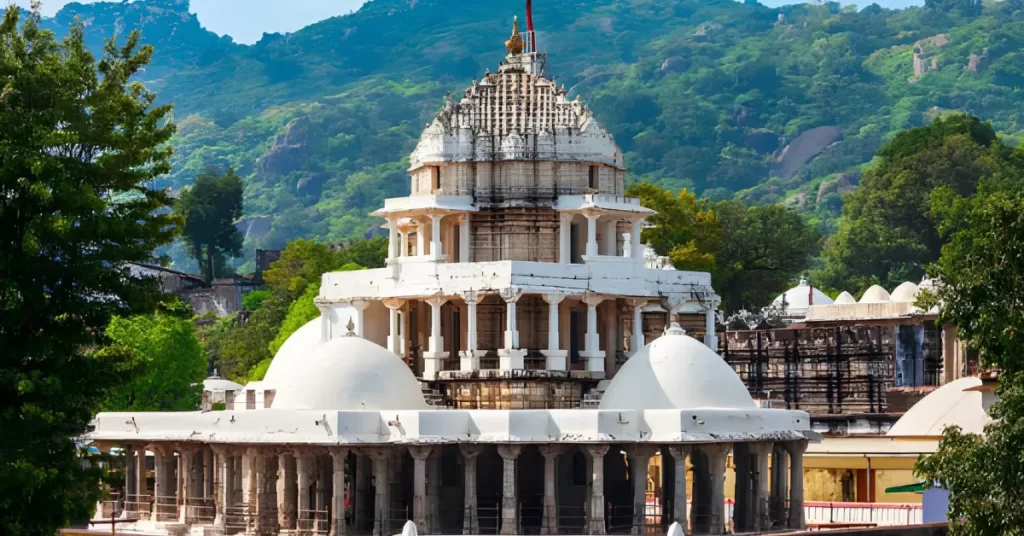


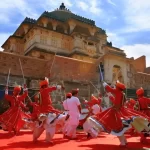



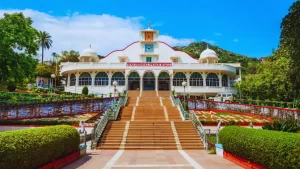
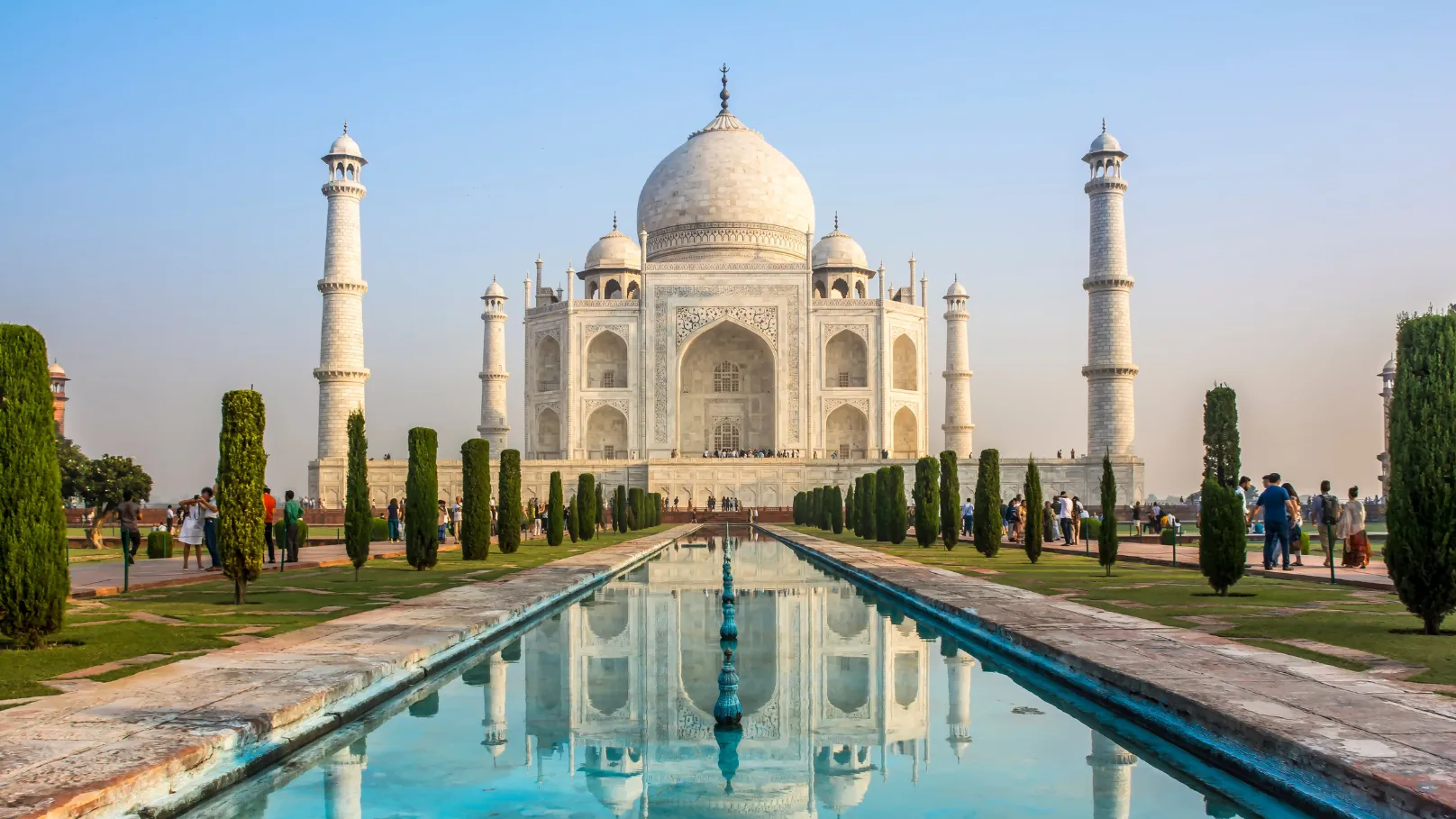
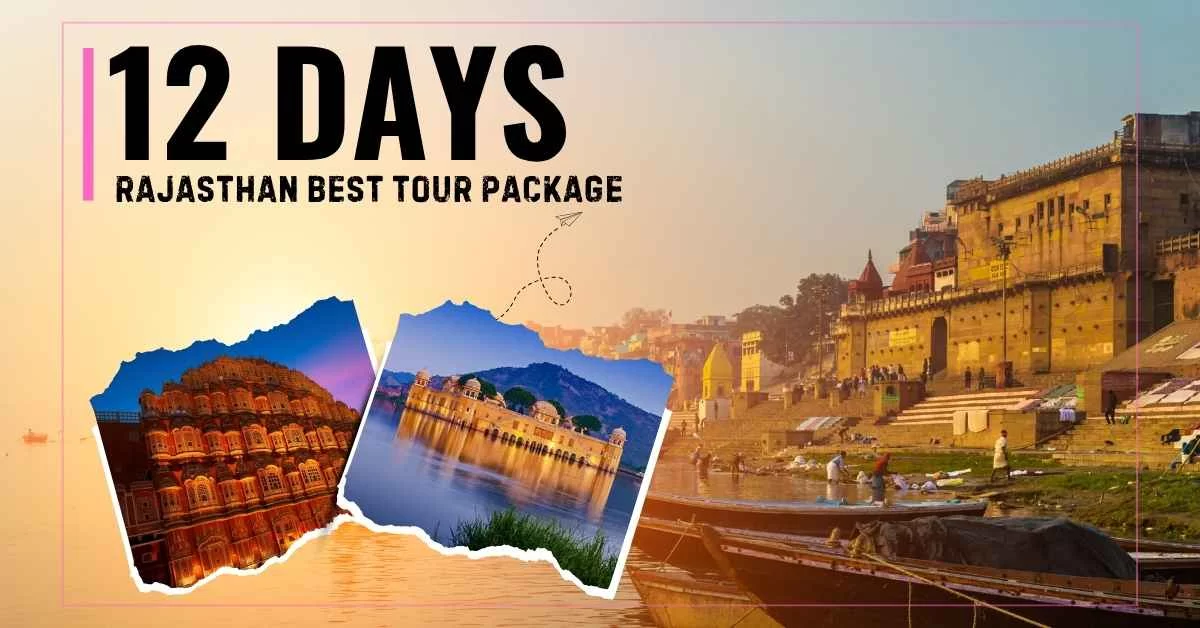
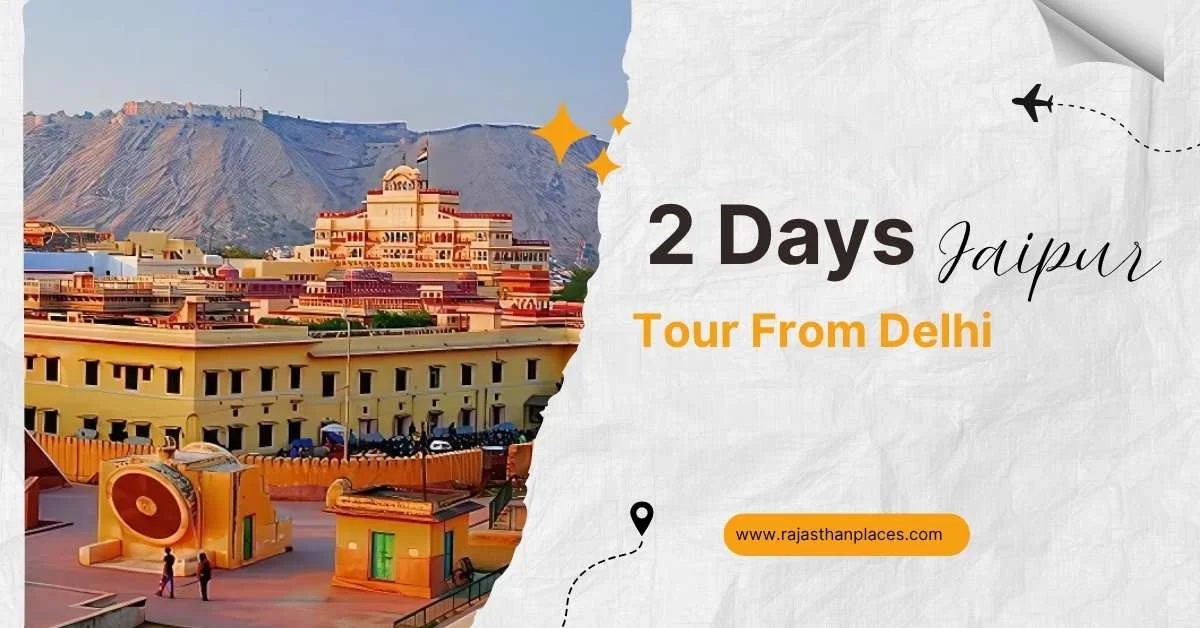

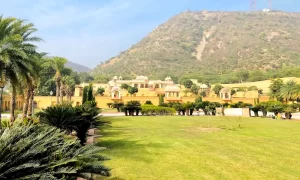










Leave a Comment